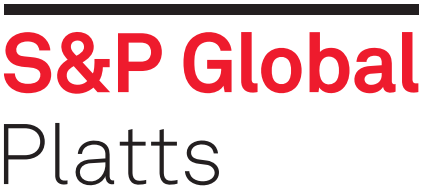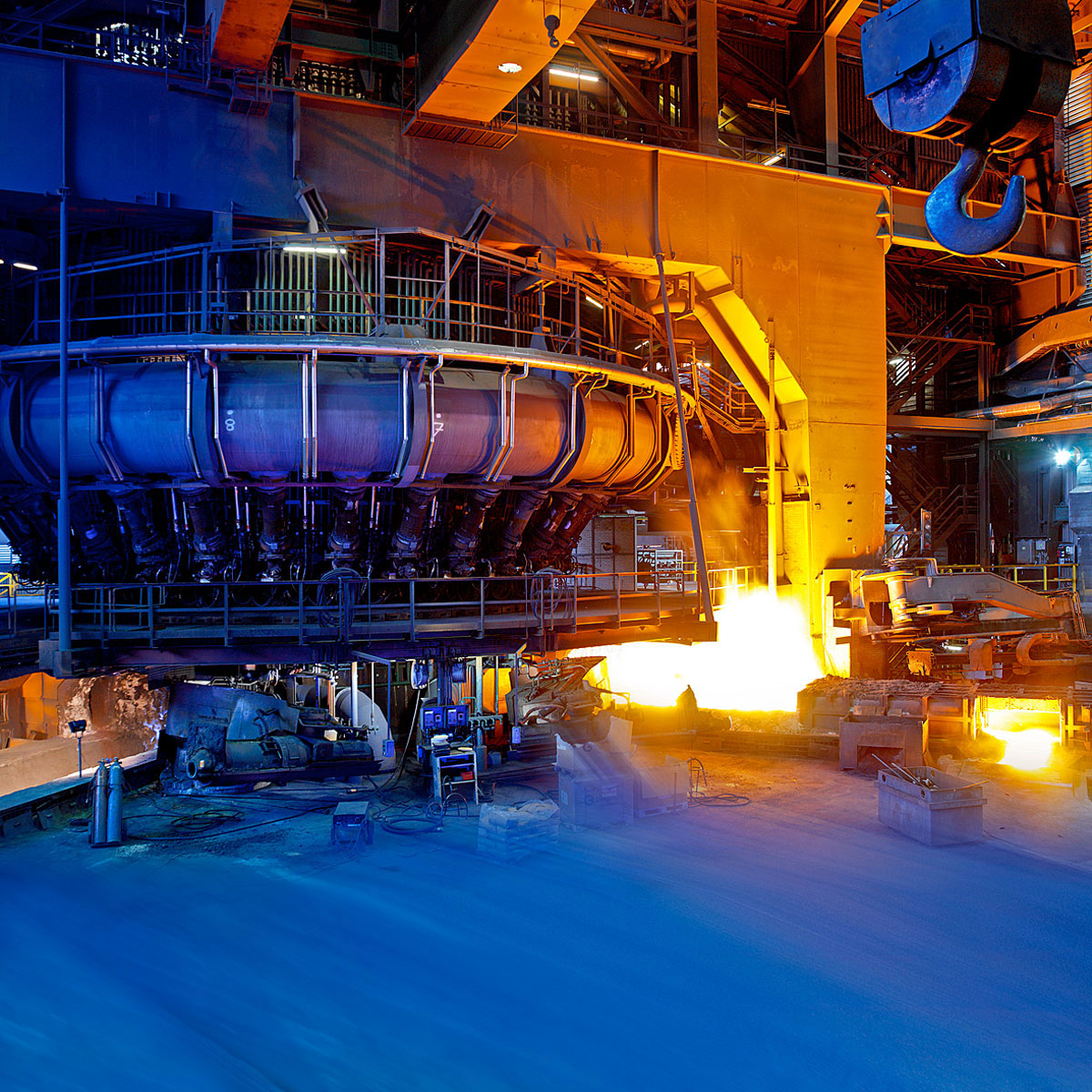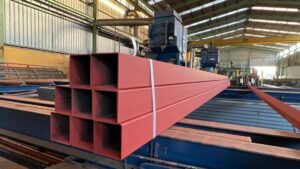
Austrian steelmaker Voestalpine is running its flat steel production at full capacity, while long steel production remains curbed, CEO Herbert Eibensteiner said Nov. 10.
The company still said that, due to rising COVID-19 infection rates in Europe, the economic forecast looks more uncertain but that overall Voestalpine is registering more demand from the automotive industry, recovery in consumer goods and building industry as well as improvement in the mechanical engineering industry.
During a press call on the company’s financial first-half results (April-September 2020), Eibensteiner told S&P Global Platts that flat steel production would be at 90-100% capacity utilization following the restart of one blast furnace that had been temporarily idled. However, one smaller blast furnace at the long steel mill remains out of operation after a completed reline in October until “probably” January 2021.
Q2 saw improvement, but outlook unclear
The company sees no recovery in the aerospace or oil and gas sector yet and said that particularly in the aerospace business a normalization of the situation within the supply chain would likely take two years.
Voestalpine keeps around 2,500 on reduced working hours in Austria which is considerably down from 10,000 in spring, but will proceed with decreasing the tubulars workforce by 250 and workers at special steel site Kapfenberg by 300.
The steel division saw a revenue improvement from Q1 at Eur834.9 million to Q2 at 995.6 million but remains 13% behind last year’s Q2, based on increasing shipments in flat steel particularly while cash flow management remains high priority.
“The substantially positive operating result (EBITDA) and the increase in cash flow show that our consistent cost-cutting and efficiency enhancement programs have taken hold. At the same time, this performance reflects rebounding demand in major customer segments during the business year’s second quarter. But it remains to be seen despite positive market signals how the renewed lockdown measures in Europe will impact the economy,” said Eibensteiner.
Voestalpine said it was possible to limit backdrop from steel price declines on the spot market during that time due to long-term contracts with customers secured ahead of the pandemic.
“The Steel Division had to contend with price declines in its short and medium-term business also. Thanks to the contracts’ structure, however, these were not as dramatic as those in the spot markets. The structure of the contracts leads to a situation where price increases do not take hold until after a minor delay,” Voestalpine said.
The direct reduction plant in Texas, US, delivered a substantially lower operating performance due to lower demand from the customer base and acquiring new customers in the Far East helped to offset this weakness “only in part”, according to the company.
The company expects iron ore prices remain supported by the Chinese steel market and Eibensteiner expects iron ore to remain at $100-120/mt.
Regarding a possible change to trade policies in the US following the elections, it would be too early to suggest there would be any substantial change to the current status quo, he said.
— Laura Varriale






